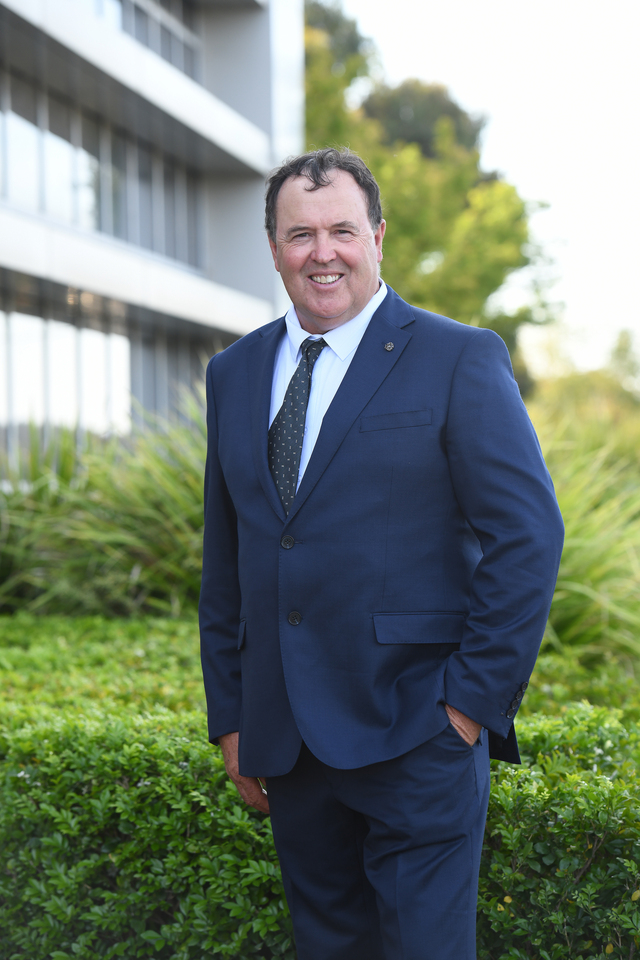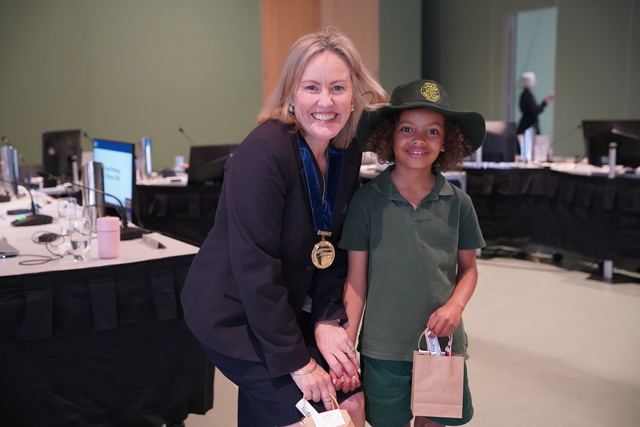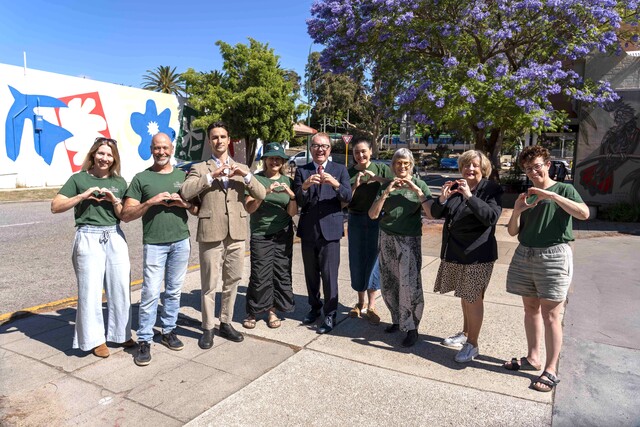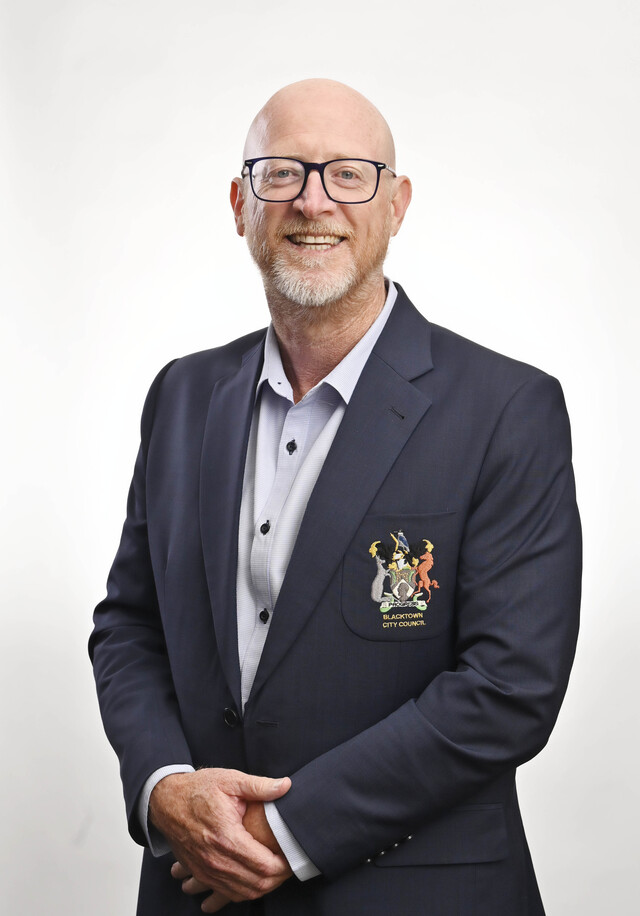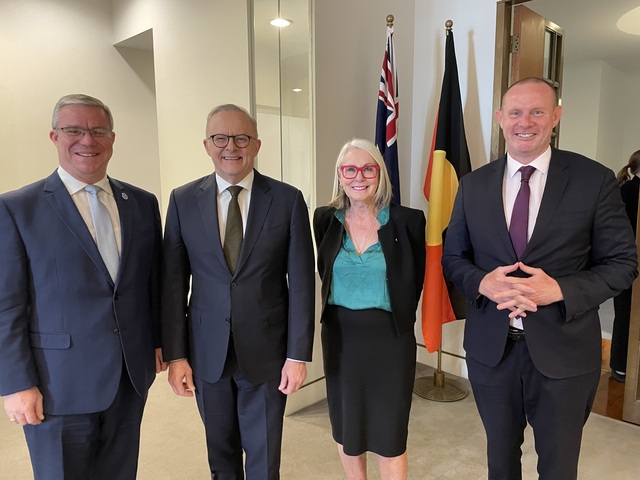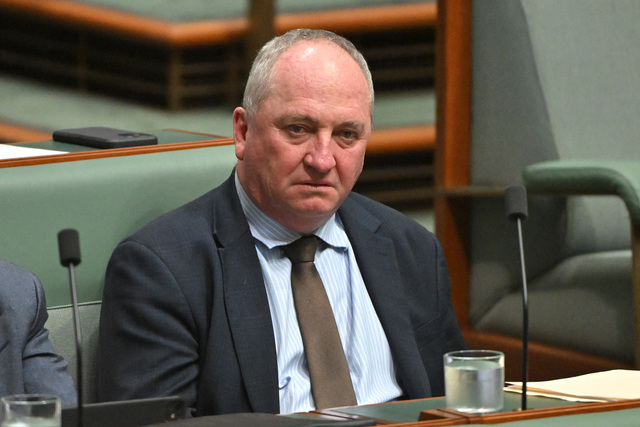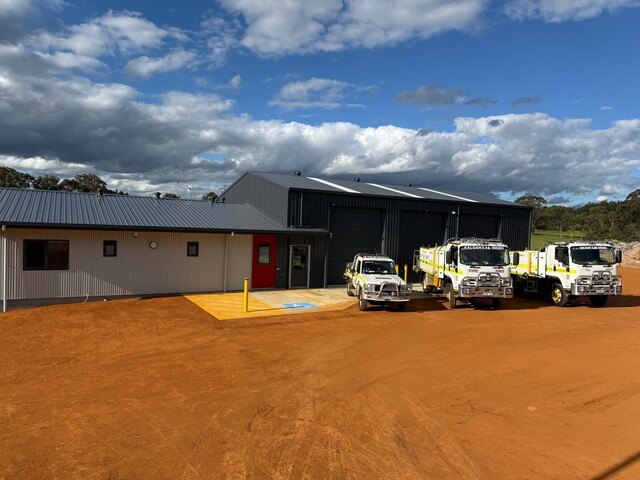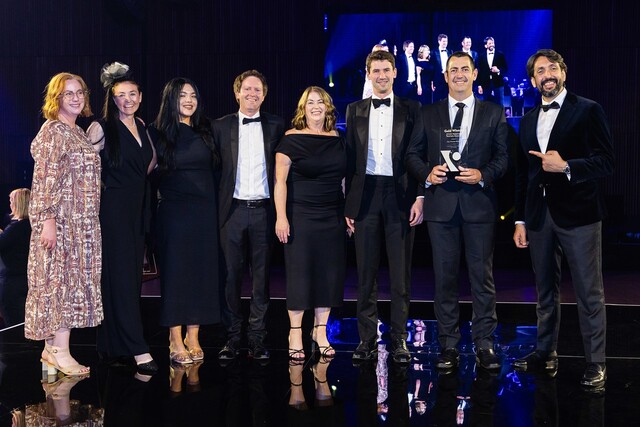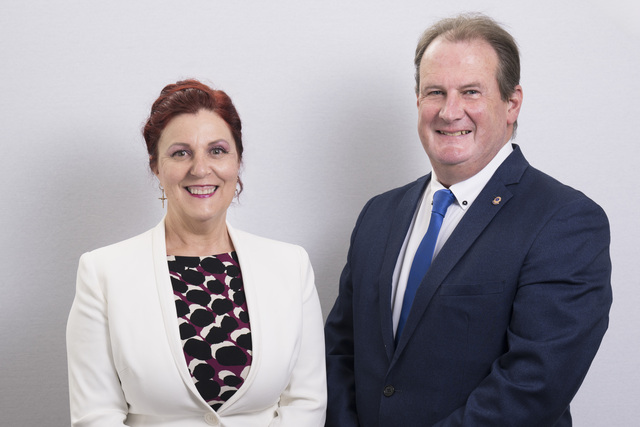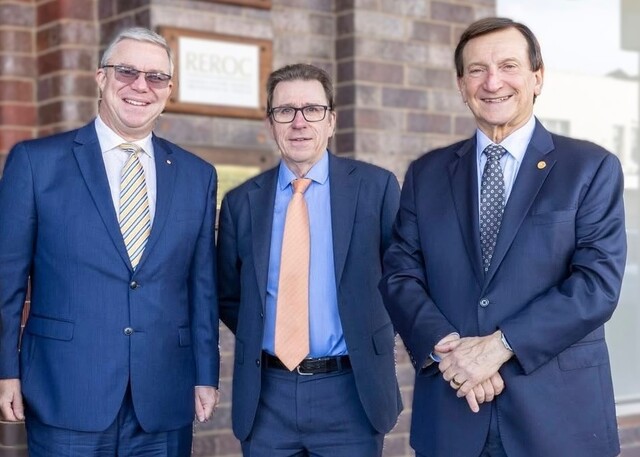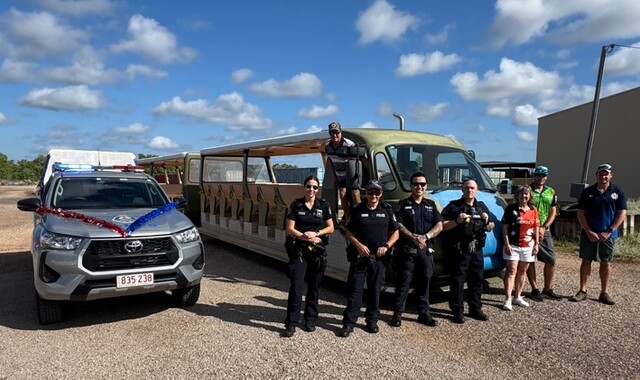The Gippsland region is again suffering major economic and social dislocation, this time due to the closure of the Hazelwood Power Station – 600 direct job losses.
This follows on from 5500 job losses from the State Electricity Commission privatisation in the mid 1990s, thousands more job losses in timber during the same period, a substantial decline in fish stocks over the last decade, and now the damage being done to the No. 1 dairying region due to the milk price fiasco.
But the region keeps moving along due to the resilience of the population.
It’s difficult to define, but Gippslanders are a resilient and proud bunch. It arguably stems from the economic and social interdependence of the four sub-regional economies, whereby west, central (Latrobe Valley), east and south Gippsland are hemmed in by the Great Dividing Range and Bass Strait. As a result of the east-west transport corridor, Gippslanders are well attuned to issues up and down the region, and they share the pain of job losses.
Fortunately the Victorian government has announced $22 million of adjustment assistance for workers and businesses, and $20 million for the Latrobe Valley Authority to facilitate economic development.
And the feds are contributing $43 million towards a jobs package and local infrastructure.
This is all sensible stuff. But I figure there’s a bigger, medium-term agenda for the region. It involves the nurturing of affordable, quality lifestyle communities for families and small business owners disenchanted with the big cities. How so? Well Gippsland has scenic beauty, good soils, a strong agricultural base, an equable climate, very good schools and two university campuses (Churchill, Berwick).
And the rollout of the NBN is enabling city-based folk to get a better work-life balance, buy a horse for the kids and establish new friendships.
Such communities are already dotted around Gippsland, and their agri-tourism credentials will surely grow over time. In this regard its internationally recognised cheese is a potential pathfinder for producers of fruit and vegetables, juices, boutique beers, cut flowers, wine, beef, pork, lamb, poultry and goats, chutneys, truffles, chocolates, and health and infant foods. Artisanal activities of this sort have real potential to create jobs in the tourism sector. Indeed the UN’s World Tourism Organisation recently concluded that “the cuisine of the destination is an aspect of utmost importance in the quality of the holiday experience”.
Gastronomic tourism is the fancy term, and the international experts say it contributes to improving the general perception of the destination. This is noteworthy given that Melbourne dwellers or tourists wouldn’t know that Moe, Morwell and Traralgon have very good restaurants courtesy of their fussy European-born workforce.
And quality wineries and food producers are sprinkled around nearby hotspots like Glengarry, Maffra, Mirboo North, Yarragon, etc. Indeed to appreciate the natural beauty and gastronomic offerings of Gippsland, turn off at Morwell and look for Grand Ridge Road, and then slip down the Strzelecki Ranges into south Gippsland.
And closer to Melbourne is a one-day gastronomic tourism trail just waiting for Masterchef types to advance it. It begins at Yarra Junction, heads east through the haunting old timber towns of Powelltown and Noojee. It then turns south through world-class farmland that is home to the celebrated Jindy Cheese and Tarago Cheese, etc. and the cute villages of Neerim, Neerim South and Jindivick (Lionel Rose country) and the commuter towns of Warragul and Drouin (home of the Ablett AFL dynasty).
The opportunity
The big regional development opportunity is arguably to market the lifestyle advantages of Gippsland to businesses and families in Melbourne and elsewhere. The transport, education, health, land and housing infrastructure is in place. And now the Victorian Government is establishing a Latrobe Valley High Tech Precinct with the participation of Fujitsu.
What’s just as important, however, are some fair dinkum, sensible triggers to draw in private sector investment, e.g.
Invitations to the power stations to cut tariffs to nearby users due to the minimal transmission costs. These lower tariffs could apply to companies within the boundaries of the power stations or within Morwell, Traralgon and Moe.
- Offer carrots to get Melbourne businesses going Bush and thus free up industrial land in Melbourne for housing.
- Fast-track the NBN to facilitate young professionals moving to Gippsland.
- A concerted investment attraction effort by the feds. Why was Lindsay Tanner (ex-Finance Minister, Orbost bred) so driven to close down Invest Australia?
- Relocation of select federal/state government capacity if (i) it aligns with Gippsland’s competitive advantages, (ii) makes sense to the effectiveness of the agencies concerned and (iii) creates clusters of high-performing companies.
There is also much that Gippslanders can do off their own bat. To explain, privatisation of its electricity industry twenty years ago led to much despondency, and the closure of the Hazelwood facility is now rekindling this. But Gippsland has many success stories and famous sons and daughters – they should be talked up and celebrated!
And the region has strong social capital. While social mores differ between the rural cities, towns and farming communities, there is a solid core of decency that would be attractive to investors.
Lastly, federal minister for regional development Darren Chester hails from Bairnsdale, and is a former CEO of Champions of the Bush. He is surely a quiet champion, but needs smart policies and collaborative actions, rather than stuff like Barnaby’s recent Armidale play.
While on the subject of The Bush…
I’ve just been made aware of ‘The Bush’, a stunning insight into rural Australia. Its author is Don Watson, who wrote Keating’s famous Redfern speech of 1992. Coincidentally, Don grew up on a farm near Poowong in south Gippsland.
Rod Brown is a Canberra-based consultant and lobbyist specialising in industry/regional development, investment attraction and clusters, and accessing federal grants. He also runs the Cockatoo Network.
Phone: (02) 6231 7261 or 0412 922 559
Email: apdcockatoo@iprimus.com.au
Blog: www.investmentinnovation.wordpress.com (750+articles)

